This article was written by Kerry Assil, MD and by wikiHow staff writer, Hannah Madden. Dr. Kerry Assil is a board certified Ophthalmologist and the Medical Director and CEO of Assil Eye Institute (AEI), an ophthalmology practice in Los Angeles, California. With over 25 years of experience and as one of the world's foremost experts in eye surgery, Dr. Assil has trained 14,000+ physicians in refractive and cataract surgery, performed 70,000+ eye surgeries, and authored over 100 textbooks, chapters, and articles on refractive and cataract surgery. He's served as the Distinguished Professor lecturer at Harvard, Johns Hopkins, Duke, Baylor, Tokyo, and UCLA among others. He has served on the advisory boards of 20+ ophthalmic device, pharmaceutical, and scientific companies and has appeared in the media as an authority on advances in vision-restoring surgeries and refractive surgery. Dr. Assil continues to make significant advances in his field with numerous inventions and introductions of state-of-the-art technologies.
There are 11 references cited in this article, which can be found at the bottom of the page.
This article has been viewed 21,512 times.
Are your eyes feeling itchy, dry, or gritty? If so, you’re not alone—with the amount of scrolling, typing, and gaming we all do every day, tired eyes are becoming more and more common. Fortunately, there are many ways you can soothe your tired eyes in no time. Keep reading for a full list of ways to relieve irritation fast.
This article is based on an interview with our board certified ophthalmologist, Kerry Assil. Check out the full interview here.
Steps
Apply a warm washcloth.
-
Warm water helps quickly soothe itchy, watery eyes. When you need some fast relief, grab a clean washcloth and run it under lukewarm water. Wring it out so it isn’t dripping anymore, then place the washcloth over your eyes. Keep it there for 5 to 10 minutes, or until the water gets cold.[1] X Research source
- Want a warm compress that doesn’t lose its heat as quickly? Place a handful of uncooked rice in a sock, then microwave it for 10 to 15 seconds. This compress will keep its heat for up to 15 minutes, so you can use it for a little bit longer.
Try palming your eyes.
-
Palming relaxes your eyes and stimulates circulation.[2] X Trustworthy Source PubMed Central Journal archive from the U.S. National Institutes of Health Go to source When your eyes are feeling tired, cup your palms over your closed eyes without putting pressure on your eyeballs. Make sure there’s no light coming in through your hands to let your eyes relax completely.[3] X Research source This method, also called the Bates method, helps soothe and relax your eyes without irritating them further.
- To make this even more relaxing, lie on your back with your knees bent and pointed at the ceiling. Rest your hands over your eyes and let your entire body relax as you close your eyes without straining.
Put green tea bags on your lids for 30 minutes.
-
Steeped and cooled tea bags reduce inflammation and soothe tired eyes. Steep 2 green tea bags in boiled water for 2 minutes, then press the excess water out. Let the tea bags cool to room temperature, then place them over your closed eyes for about 30 minutes.[4] X Trustworthy Source Cleveland Clinic Educational website from one of the world's leading hospitals Go to source
- Long-term, tea bags can also help narrow your blood vessels around your eyes, which can decrease dark circles and puffiness.
- To cool your tea bags down quickly, place them in the fridge for 10 minutes.
Use artificial tears.
-
Lubricating eye drops help relieve dry, tired eyes. If you feel like your eyes are dry or gritty, pick up some artificial tear eye drops from your local drug store. If your eye drops do not contain preservatives, you can use them as often as you’d like to throughout the day.[5] X Trustworthy Source Mayo Clinic Educational website from one of the world's leading hospitals Go to source
- If your eye drops do contain preservatives, don’t use them more than 4 times per day. Check the ingredients list on the back of the bottle to double check.
Adjust the room lighting to match your screen.
-
The right lighting will keep your eyes feeling fresh and relaxed. If you’re watching TV, keep the room softly lit, but not totally dark. When you’re reading, place the light behind you so it’s pointing at your reading material, not into your eyes. If you’re working on a phone or computer, adjust the lighting so it matches the lighting in the room.[6] X Trustworthy Source American Optometric Association Professional medical organization dedicated to supporting optometrists and improving public eye and vision health Go to source
- When you’re working on a computer, try to reduce the glare as much as possible. Position your screen away from any windows or light sources to prevent glare.
- Working at night? Try turning your screens on night-mode to match the surrounding light.
Wear light-sensitivity glasses.
-
Light-sensitivity glasses help filter out blues and greens from computer screens. If you find that your eyes get tired after looking at a computer all day, invest in a pair of light-sensitivity glasses. You can get non-prescription ones, or you can order your prescription through your optometrist.[7] X Trustworthy Source Cleveland Clinic Educational website from one of the world's leading hospitals Go to source
- Experts tend to recommend light-sensitivity glasses more than blue-light blocking glasses, mainly because light-sensitivity glasses filter out more wavelengths. However, there’s no harm in buying blue-light blocking glasses and wearing those instead.
- You can also use reading glasses to help your eyes focus on a computer screen. Go for a +1.50 prescription to soothe your eyes and get them to focus a little easier.
Set your computer below eye-level.
-
Reduce your eye strain by glancing downward at your computer screen. The optimal position for any screen you’re looking at is about 15 to 20 degrees below your eye level, or 4 to 5 inches (10 to 13 cm). Try to keep the computer screen between 20 and 28 inches (51 and 71 cm) away from your eyes to avoid strain and fatigue.[8] X Trustworthy Source American Optometric Association Professional medical organization dedicated to supporting optometrists and improving public eye and vision health Go to source
- Make sure your computer settings are optimal as well. Enlarge your font size so you don’t have to squint, and adjust the contrast on your computer so it’s not too bright.
- If you often have to switch between looking at your screen and looking at paper documents, consider investing in a document holder. This holds your paper documents at the same level as your computer screen, so you don’t have to glance around as much.
Take screen breaks every 20 minutes.
-
Frequent breaks give your eyes a chance to rest and recover. Experts recommend following the 20-20-20 rule: every 20 minutes, look at something 20 feet (6.1 m) away for 20 seconds. By looking at something far away, it forces your eyes to relax, leading to less strain over time.
- Use this break as an opportunity to blink, too. Normally, we blink 12 times a minute, but when looking at a screen, it slows down to 3 or 4 times a minute. This can cause irritation and dryness.
Do some simple eye exercises.
-
Working your eye muscles helps ease fatigue. Try doing eye exercises once a day, or whenever they feel tired. Hold your finger a few inches from your eyes and focus on it, then focus on something far in the distance. Or, you can close your eyes and roll them up toward the ceiling and down toward the floor.[9] X Trustworthy Source PubMed Central Journal archive from the U.S. National Institutes of Health Go to source
- Eye exercises won’t actually help your eye muscles get stronger, but they will help relieve tired or irritated eyes.
Use a humidifier in your home.
-
Dry air can cause dry eyes, leading to irritation. If you live in a dry climate, invest in a humidifier and put it in the room you spend the most time.[10] X Trustworthy Source National Health Service (UK) Public healthcare system of the UK Go to source Be sure to clean your humidifier regularly to keep it in tip top shape.
- If you’re getting dry eyes when you wake up, try drinking a lot of water. Your skin dehydrates during the night, which can cause dry, irritated eyes in the morning.
Apply under-eye patches.
-
Under-eye patches soothe skin and reduce dark circles. When your eyes are strained, they may look a little darker or puffier than usual. If that’s the case, apply under-eye patches that contain caffeine or vitamin K underneath your eyes. After about 1 month, you should notice less dry skin and fewer wrinkles around your eyes.[11] X Trustworthy Source PubMed Central Journal archive from the U.S. National Institutes of Health Go to source
- Be sure to do a patch test before using any new product on your skin. If under-eye patches cause any irritation, stop using them right away.
Dab on a color-correcting concealer.
-
Cover dark circles quickly with some color-correcting makeup. If your tired eyes involve puffiness or undereye bags, you’re not alone. You can cover up your tired eyes by using a concealer specifically made to color-correct. Be sure to get a concealer made for your skin tone and shade to look flawless all day.[12] X Research source
- If the skin around your eyes is dry, apply a moisturizing eye cream and let it soak in before applying concealer.
Get under eye dermal filler injections.
-
Under eye fillers usually consist of hyaluronic acid based dermal fillers and administered by qualified physicians. Dark circles under the eyes often come from facial fat and volume loss, and can be eliminated or disguised by replacing lost volume with a dermal filler.[13] X Trustworthy Source PubMed Central Journal archive from the U.S. National Institutes of Health Go to source
- Always be sure to find a board certified cosmetic physician with experience with under eye fillers.
You Might Also Like
 How to Stop Eye Spasms and Twitches: 11 Proven Treatments
How to Stop Eye Spasms and Twitches: 11 Proven Treatments
 Clearing a Blocked Tear Duct: Treatment, Causes, & Prevention
Clearing a Blocked Tear Duct: Treatment, Causes, & Prevention
-Step-3-Version-2.webp)
 Why Your Eyes Water & How to Make Them Stop
Why Your Eyes Water & How to Make Them Stop





 Safe and Effective Ways to Heal a Popped Blood Vessel in Your Eye
Safe and Effective Ways to Heal a Popped Blood Vessel in Your Eye
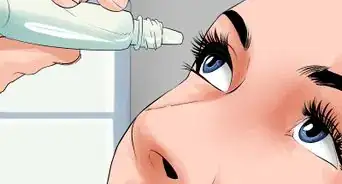
References
- ↑ https://www.houstonmethodist.org/blog/articles/2021/mar/5-ways-to-soothe-eyelid-irritation/
- ↑ https://www.ncbi.nlm.nih.gov/pmc/articles/PMC4932063/
- ↑ https://seeing.org/techniques/palming.html
- ↑ https://health.clevelandclinic.org/how-to-get-rid-of-bags-under-your-eyes/
- ↑ https://www.mayoclinic.org/diseases-conditions/eyestrain/diagnosis-treatment/drc-20372403
- ↑ https://www.aoa.org/healthy-eyes/eye-and-vision-conditions/computer-vision-syndrome?sso=y
- ↑ https://health.clevelandclinic.org/do-blue-light-blocking-glasses-actually-work/
- ↑ https://www.aoa.org/healthy-eyes/eye-and-vision-conditions/computer-vision-syndrome?sso=y
- ↑ https://www.ncbi.nlm.nih.gov/pmc/articles/PMC4932063/
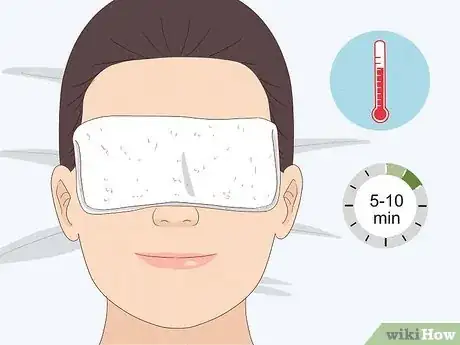

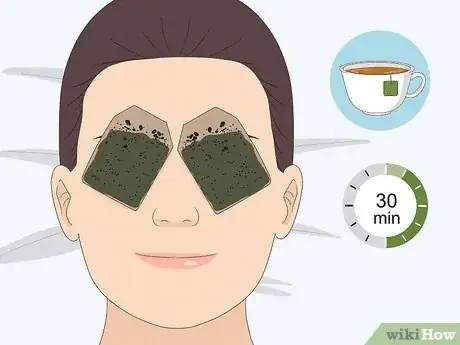
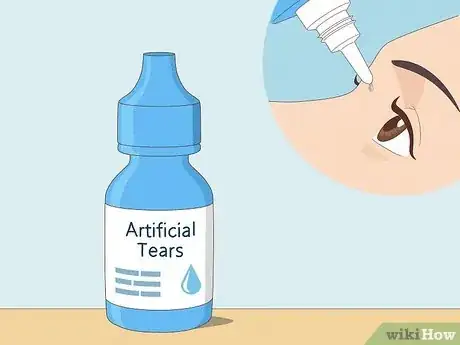
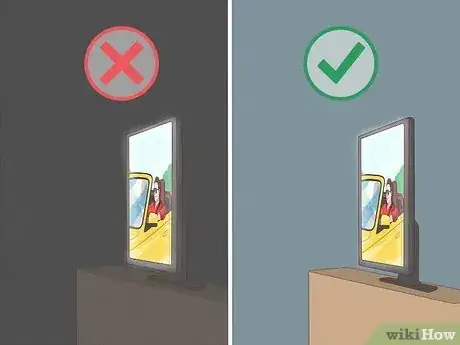


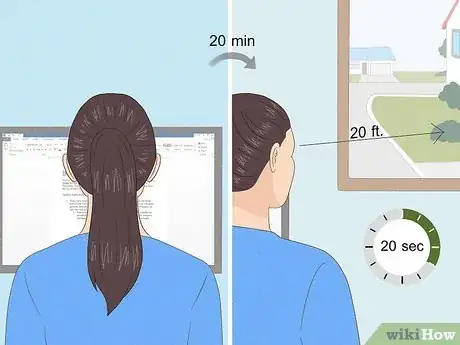
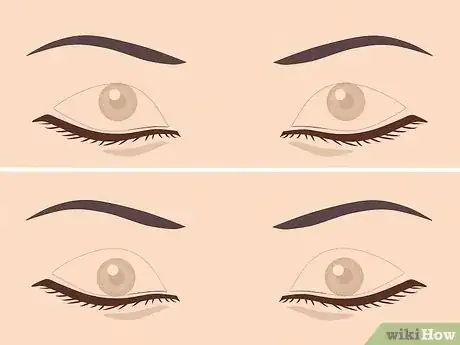

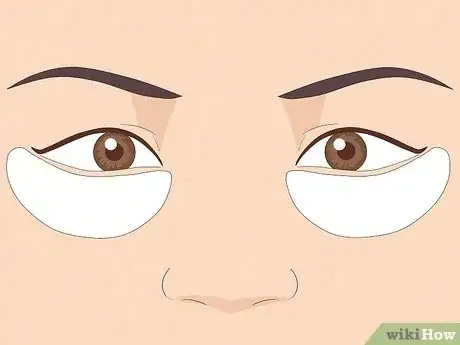
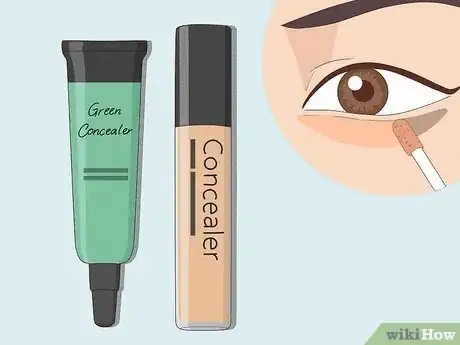








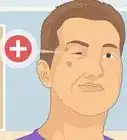

-Step-3-Version-2.webp)



































Medical Disclaimer
The content of this article is not intended to be a substitute for professional medical advice, examination, diagnosis, or treatment. You should always contact your doctor or other qualified healthcare professional before starting, changing, or stopping any kind of health treatment.
Read More...